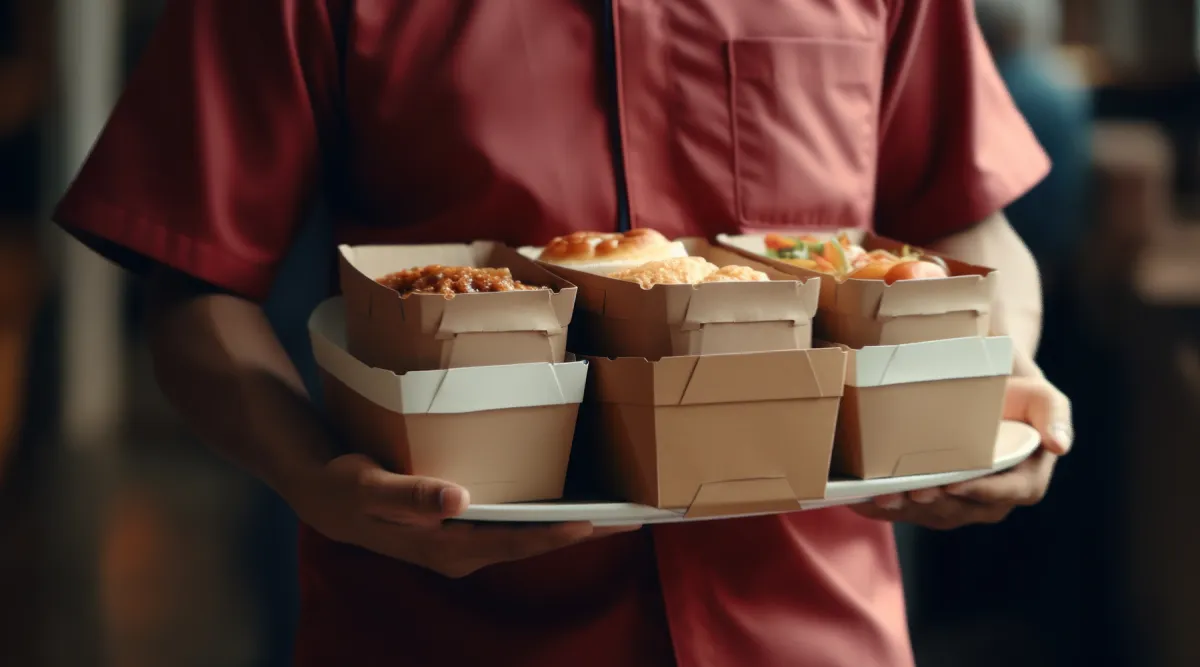Exploring the Dynamics of Vulnerability and Growth in Meal Kit Delivery Services
The meal kit delivery market, valued at USD 17B in 2024, is evolving with changing consumer preferences and tech advancements, projected to grow at a 10.4% CAGR through 2030.

The global meal kit delivery market is experiencing rapid growth, driven by changing consumer preferences, technological advancements, and the need for sustainable food solutions. Valued at USD 17 billion in 2024, the industry is projected to grow at a CAGR of 10.4 % between 2024 - 2030.

Companies are leveraging AI, automation, and supply chain partnerships to scale operations efficiently and meet rising demand. As meal kits shift from a niche product to a mainstream solution, businesses must innovate and expand to capitalize on this transformation.
Supply Chain Innovation: Increasing Efficiency and Growth
- Supply chain optimization is a key driver of meal kit industry growth. Companies are investing in AI-driven demand forecasting and IoT-enabled tracking, reducing food waste by 20% and improving efficiency.
- Cold chain logistics investments, expected to reach USD 20 billion by 2025, are cutting spoilage rates by up to 50%, ensuring fresher deliveries and reducing operational losses.
- The subscription-based segment made up 62% of the market in 2023 and is set for growth due to its convenience. Additionally, retail partnerships and omnichannel distribution are expanding accessibility, helping major players reach beyond subscriptions and drive sustained growth.
Sustainability and Consumer Preferences Driving Market Expansion
- Sustainability is becoming a competitive differentiator, with eco-conscious consumers favoring brands that prioritize waste reduction and carbon neutrality. Pre-portioned ingredients have cut meal-related emissions to 2%, compared to 10% in grocery retail.
- Companies like HelloFresh have set industry benchmarks by offsetting 100% of direct emissions. In 2023, HelloFresh dominated the global meal kit delivery market with a 49.5% share, followed by smaller players like Blue Apron, Kroger, and Gousto.

- However, 30% of meal kit providers still lag in adopting sustainable practices, creating an opportunity for forward-thinking brands to capture market share by integrating biodegradable packaging and carbon-neutral logistics.
Personalization a key for Retention and Market Penetration
- AI-powered personalization is revolutionizing consumer engagement as it increases customer retention rates by 30 % driving meal kit adoption. Personalized meal plans, including vegan, keto, and allergen-free options, cater to evolving dietary trends and boost customer retention.
- Companies employing advanced data analytics have reported a customer retention rate (CRR) of 75%. Subscription fatigue is being addressed through flexible purchasing models, such as one-time purchases and retail collaborations, offering customers greater choice and reducing churn.
Expansion in Emerging Markets
- Emerging economies are a critical growth frontier. Rising urbanization and disposable incomes in Asia-Pacific and Latin America are fuelling demand. Companies expanding in India and Brazil are customizing meal kits with local Flavors and price-sensitive models, ensuring broader adoption.
- Strategic partnerships with logistics firms and regional suppliers are critical to overcoming infrastructure challenges. E-commerce penetration in emerging markets further accelerates growth by enabling seamless digital sales channels.
The Future of Meal Kit Delivery
The meal kit industry is at an inflexion point, with companies that prioritize technology-driven supply chains, sustainability, and market expansion positioned to lead the next wave of industry transformation. To sustain growth, businesses must leverage AI-driven demand forecasting to optimize operations, expand omnichannel retail strategies to capture non-subscription consumers, enhance sustainability efforts to meet evolving regulations, consumer expectations and localize offerings in emerging markets to boost penetration and customer engagement. As competition intensifies, companies with a growth-oriented mindset will define the evolving meal kit landscape.


